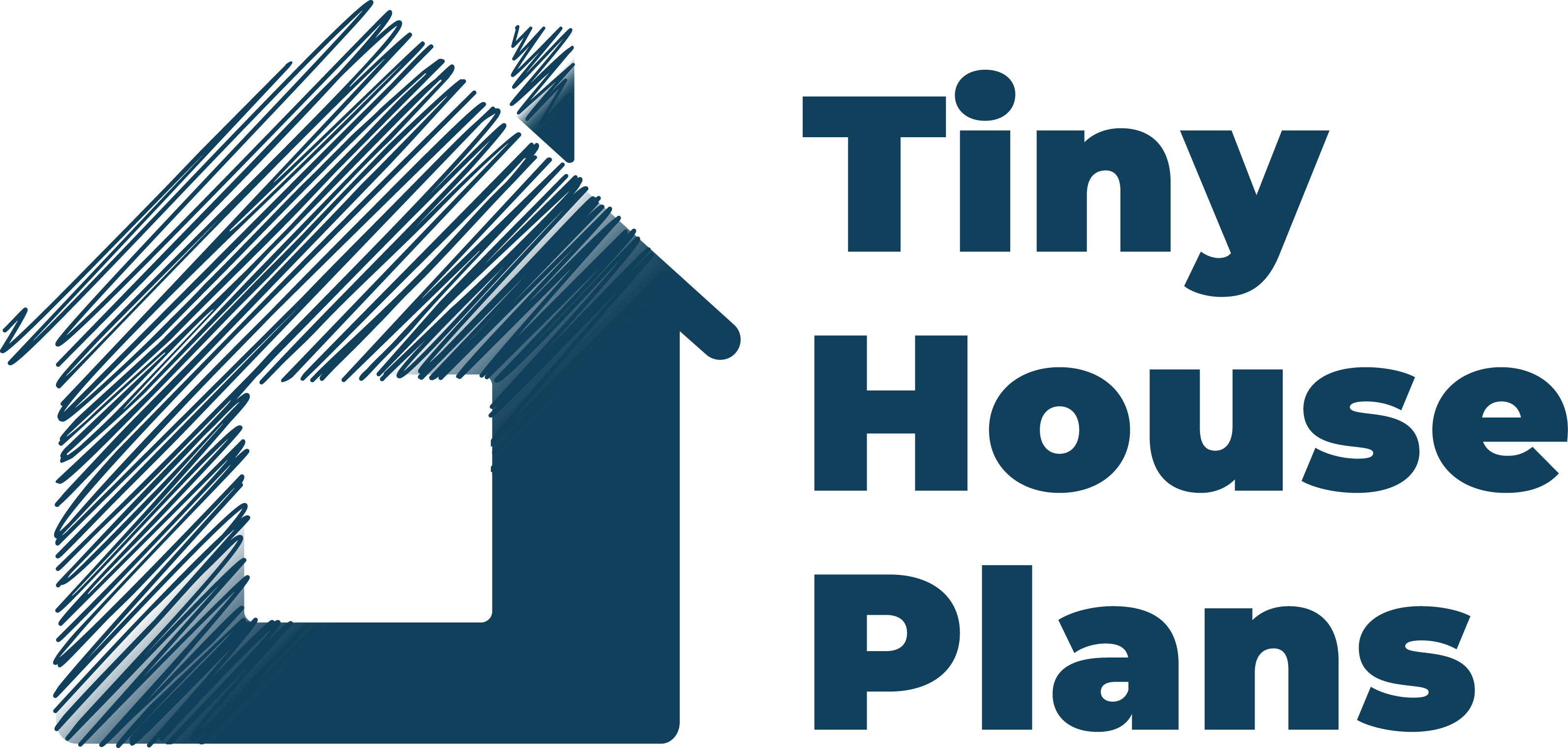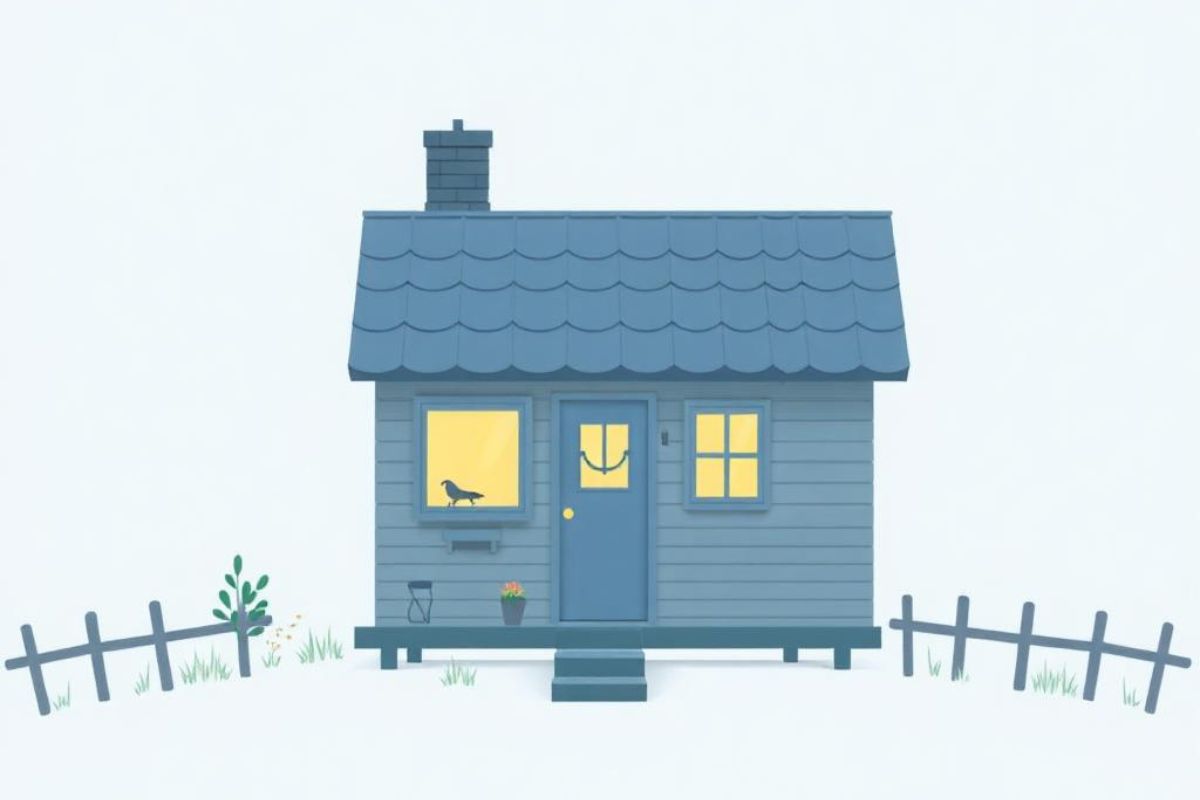Deciding whether to buy or build a tiny house depends on your budget and priorities. Buying can cost between $30,000 and over $100,000, plus land and utility expenses. On the other hand, building allows you to control materials and features, possibly saving long-term on maintenance. However, DIY projects can involve hidden costs and delays. If you're weighing the benefits of both options, there's more to explore to help you make an informed choice.
Key Takeaways
- Buying a tiny house typically ranges from $30,000 to over $100,000, excluding land and additional expenses.
- Building a tiny house allows for customization but can incur higher initial material and labor costs.
- Location affects both buying and building costs significantly, with high-demand areas raising prices.
- Hidden costs, such as maintenance and property taxes, may make buying less economical in the long run.
- Building offers control over materials, which can reduce long-term upkeep costs compared to purchasing a pre-built home.
Understanding the Tiny House Market
The tiny house market has exploded in recent years, with an estimated 10 million Americans expressing interest in downsizing their living spaces. This trend reflects a growing desire for minimalism, sustainability, and financial freedom. You might find that tiny homes appeal to various demographics, from young professionals seeking mobility to retirees wanting to simplify their lives. As you explore this market, consider factors like zoning laws, land availability, and community regulations, which can greatly impact your options. Additionally, the rise of eco-friendly materials and innovative designs has made tiny living more attractive than ever. Engaging with local tiny house communities can provide valuable insights, helping you navigate decisions about whether to buy or build your own unique space.
Cost Breakdown of Buying a Tiny House
With a growing interest in tiny homes, understanding the cost breakdown of buying one is vital for potential homeowners. Generally, the price of a tiny house ranges from $30,000 to over $100,000, depending on size and materials. You'll need to factor in additional expenses like land, which can vary greatly by location. Utilities, such as water and electricity, may also add to your overall costs.

Don't forget about permits and fees, which can range from a few hundred to several thousand dollars. You might want to explore financing options, as many lenders offer loans specifically for tiny houses. Finally, think about insurance—protecting your investment is essential. By understanding these costs, you can make a more informed decision.

Cost Breakdown of Building a Tiny House
When you decide to build a tiny house, understanding the cost breakdown is essential for your budgeting and planning. First, you'll need to evaluate materials, which can vary widely based on quality and sustainability. Then, factor in labor costs—whether you hire professionals or tackle the project yourself. Don't forget about permits and site preparation, which can add up quickly. You'll also want to budget for utilities and appliances, as these are vital for comfortable living. Interior finishes, furniture, and landscaping should be included in your calculations as well. By carefully reviewing these components, you can create a realistic budget that aligns with your vision, ensuring you don't get caught off guard during the building process.
Factors Influencing Purchase Prices
As you consider purchasing a tiny house, several key factors can greatly influence the price. Location is one of the most significant, as real estate markets vary widely. If you're buying in a high-demand area, expect to pay more. The size and layout of the tiny house also play a role; larger models or those with unique designs often come at a premium. Additionally, the materials used in construction can affect costs; eco-friendly or high-quality materials will increase the price. Furthermore, the reputation of the builder or seller can impact your investment, as established names may charge more for their expertise. Finally, additional features like off-grid capabilities or customizations can further elevate the overall cost.
Factors Influencing Construction Costs
While you might envision a cozy tiny house, the costs of construction can vary considerably based on several essential factors. First, the materials you choose greatly impact your budget. High-quality lumber, eco-friendly options, or reclaimed materials can drive up expenses. Labor costs are another consideration; hiring skilled professionals usually means higher fees. Additionally, your location plays a vital role—building in urban areas typically incurs higher permits and utility connections compared to rural settings. Finally, the complexity of your design influences costs; simpler structures are more affordable than intricate designs requiring advanced engineering. By understanding these elements, you can make informed decisions that align with your budget and vision for your tiny home.
Customization and Personalization Options
After considering the varying construction costs, the customization and personalization options available for your tiny house can greatly enhance your living experience. You have the freedom to choose layouts, materials, and finishes that reflect your style and needs. Whether you want a multifunctional kitchen or a cozy loft bedroom, you can design every inch to suit your preferences.

Long-Term Financial Implications
When deciding between buying or building a tiny house, it's crucial to contemplate the long-term financial implications that can considerably impact your overall investment. Buying a pre-built tiny house might seem straightforward, but hidden costs, like maintenance and property taxes, can add up. On the other hand, building offers you control over materials and features, potentially leading to lower upkeep expenses. However, initial costs can be high, and construction delays may arise, affecting your finances. Consider resale value too; custom builds might attract niche buyers, while standard designs can appeal to a broader market. Ultimately, weighing these factors will help you make a more informed decision that aligns with your long-term financial goals.
Conclusion
Ultimately, whether you choose to buy or build a tiny house depends on your budget, preferences, and goals. Buying offers convenience and speed, while building gives you complete control over customization and potentially lower costs. Weigh the long-term financial implications of each option, keeping in mind factors like maintenance and resale value. By considering your unique situation and priorities, you can make a well-informed decision that suits your lifestyle and financial plans perfectly.






Share: